Georgia: The Culinary Jewel of the Caucasus

Georgia’s food scene is like a hidden treasure chest waiting to be discovered. Tucked between Europe and Asia, the country’s kitchens burst with flavors you won’t find anywhere else. Khachapuri, a gooey cheese-filled bread, and khinkali, savory dumplings, have become culinary celebrities among travelers. According to the World Food Travel Association, food tourism in Georgia jumped by 30% in the past two years, reflecting this newfound popularity. The ancient qvevri wine-making method, where wine is aged in clay pots buried underground, is a centerpiece in local feasts. Every spring, the Tbilisi Wine Festival draws thousands of curious food lovers who come for the wine but stay for the hearty, herb-packed cuisine. Georgians take pride in their farm-to-table culture, with fresh walnuts, pomegranates, and aromatic herbs starring in many dishes. The energy in Georgia’s markets is infectious, and the warmth of the local hosts makes every meal feel like a celebration.
Peru: A Fusion of Flavors
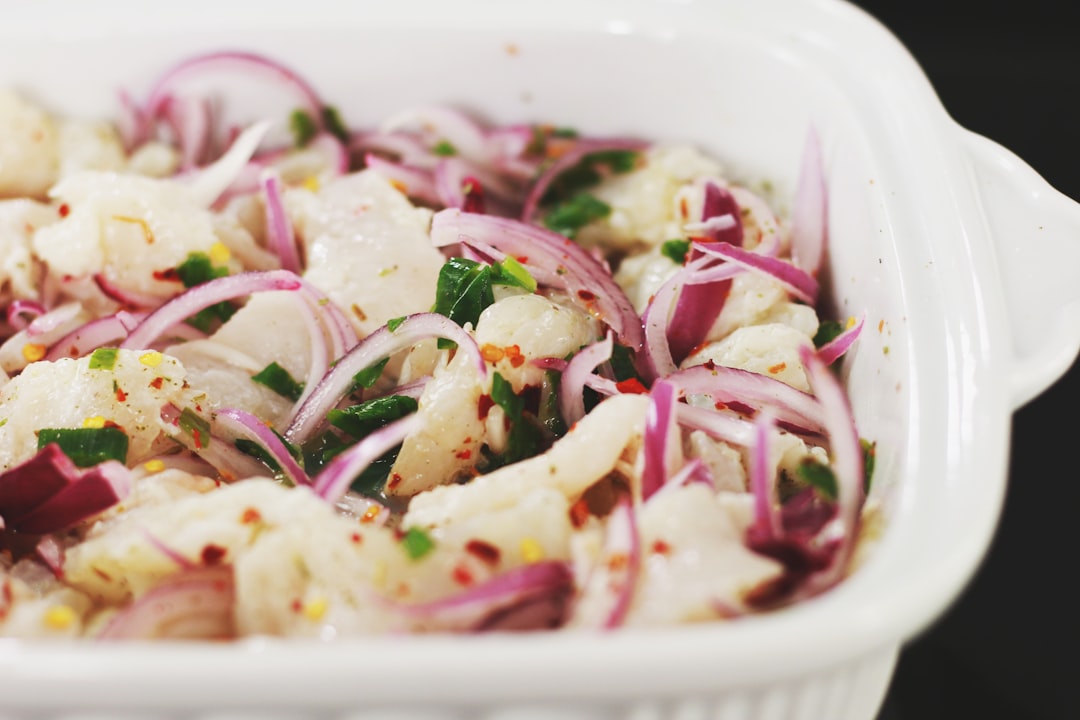
Peru’s culinary scene is a dazzling mix of ancient and modern, where every meal feels like an adventure. Lima, often dubbed South America’s food capital, has earned global recognition, especially after Central restaurant earned its spot as the 10th best in the world in 2023. The country’s biodiversity is a chef’s playground, supplying exotic ingredients from Amazonian fruits to Andean potatoes. The Peruvian Ministry of Foreign Trade and Tourism reported a 25% surge in food-related travel since 2022. Dishes like ceviche, fresh and tangy, and lomo saltado, a hearty stir-fry, highlight Peru’s knack for blending cultures on a plate. Visitors flock to bustling markets and street stalls for a taste of anticuchos (grilled skewers) and picarones (sweet potato doughnuts). Peruvian cuisine is all about fresh, local produce, and chefs love to share their passion through hands-on cooking classes that immerse travelers in the country’s food traditions. There’s a palpable sense of pride in every dish, and the food scene feels both grounded and adventurous.
Vietnam: A Symphony of Freshness

Vietnam’s food is a riot of freshness, color, and flavor, making it a secret favorite for food enthusiasts. Walk down a street in Hanoi or Ho Chi Minh City, and you’ll be greeted with sizzling pans and the irresistible aroma of grilled meats and herbs. A 2024 survey by the Vietnam National Administration of Tourism found a staggering 40% increase in food tourism since 2023. Iconic dishes like pho, a fragrant noodle soup, and banh mi, a crunchy baguette sandwich with savory fillings, have found fans all over the world. Vietnamese cuisine is built on balance: tart lime, fiery chili, sweet palm sugar, and earthy fish sauce. Food tours take visitors on a journey through busy markets, showing off ingredients like fresh mint, basil, and lemongrass. Locals are fiercely proud of their culinary heritage, and even the simplest street food stall offers a taste of tradition. Eating in Vietnam is about sharing, laughter, and enjoying life’s simple pleasures.
South Africa: A Melting Pot of Cultures
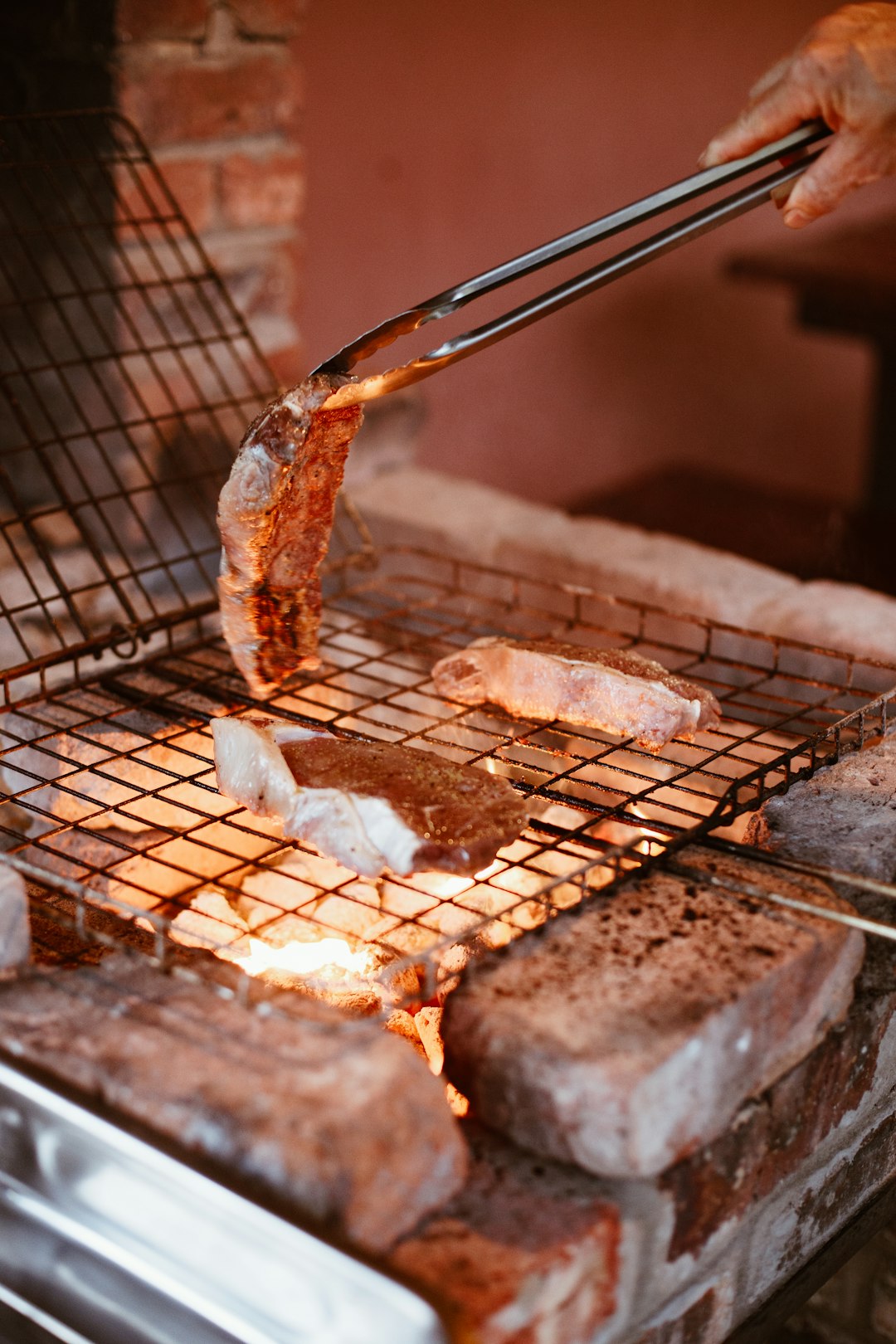
South Africa’s food culture is a vibrant patchwork quilt, woven together by its many communities and histories. According to the South African Tourism Board, food tourism has soared by 35% in 2025, fueled by the growing interest in its diverse cuisines. The braai, or barbecue, is a staple social event, with smoky meats and tangy sides setting the stage for conversation and celebration. Cape Malay dishes, rich in spices and sweet-savory flavors, reflect the country’s multicultural roots. The wine regions of Stellenbosch and Franschhoek are magnets for gourmets, offering fine dining paired with world-class wines. South Africa’s push for sustainable agriculture and ethical sourcing has given rise to innovative farm-to-table restaurants. Street food festivals, like the Cape Town Street Food Festival, are lively showcases for everything from bunny chow to bobotie. Every bite tells the story of a country that’s always evolving, always welcoming.
Mexico: Beyond Tacos and Enchiladas
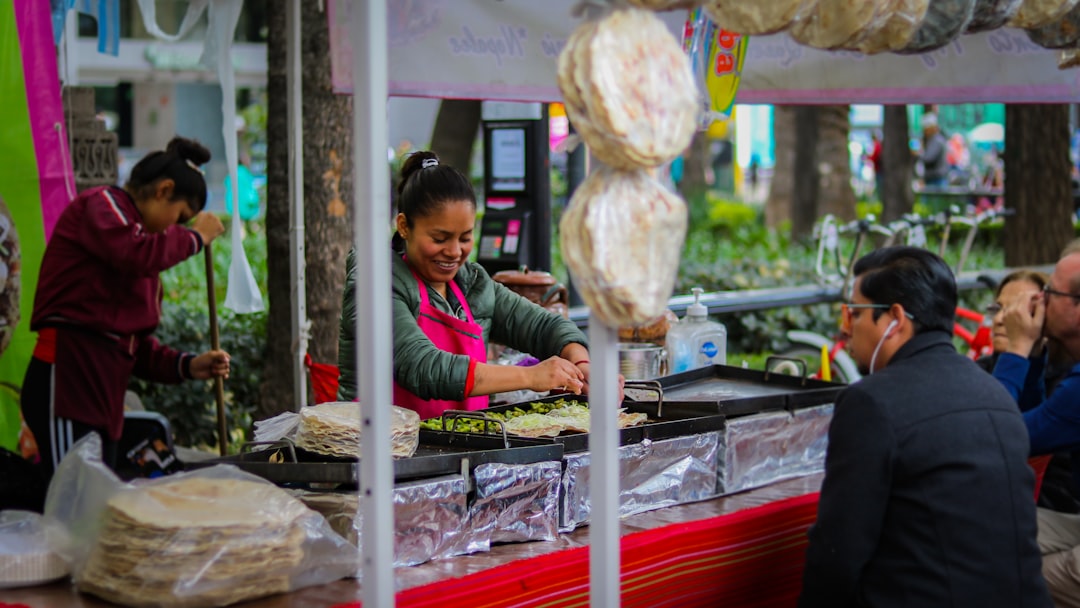
Mexico’s culinary world is so much deeper than the tacos and enchiladas you might know. Each region has its own culinary fingerprint, with bold flavors and time-honored techniques. Oaxaca is famous for its rich, chocolatey mole, while the Yucatan region’s cochinita pibil, slow-roasted pork, is smoky and tender. A 2023 study from the Mexican Culinary Institute revealed that food tourism has jumped by 28% in just one year, as travelers seek out more authentic and hands-on experiences. Markets brim with fresh chilies, corn, and tropical fruits, and every meal is a chance to discover something new. Culinary workshops and tours let visitors roll up their sleeves and learn from local cooks, making salsas and tortillas from scratch. The country’s food festivals are colorful, noisy celebrations where tradition meets innovation. Every dish feels like a window into Mexico’s lively, generous spirit.
Japan: The Art of Simplicity
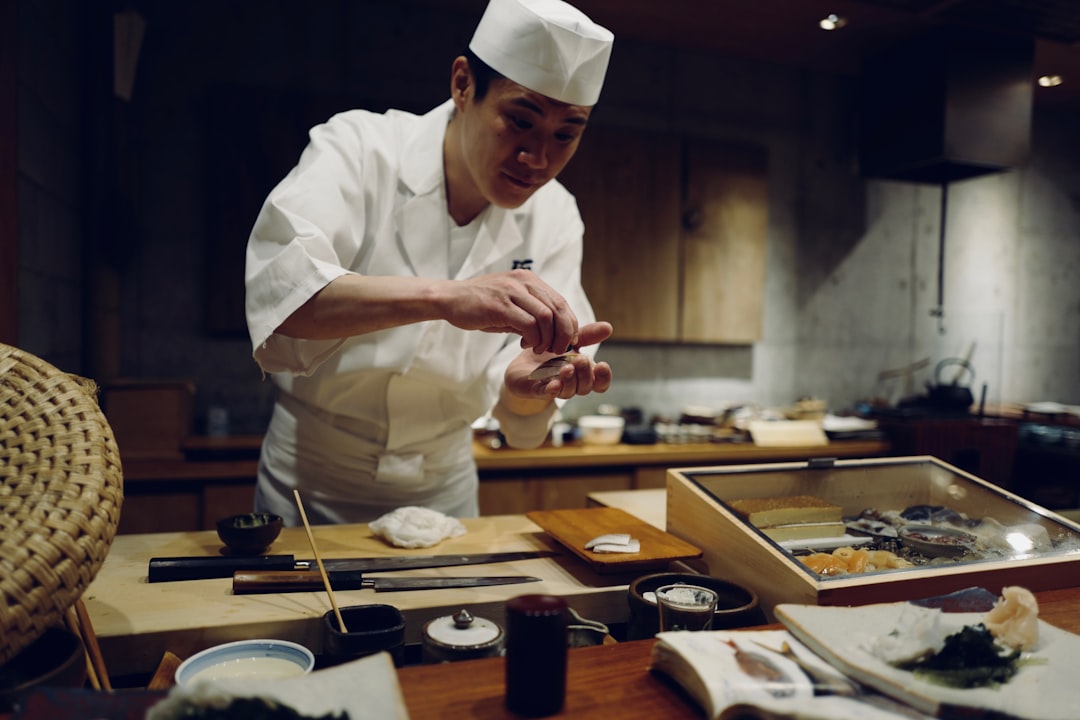
Japan’s food culture is a masterclass in simplicity and attention to detail, with every dish crafted like a work of art. The country’s culinary landscape has drawn even more food tourists recently, with a 20% increase in 2024, reports the Japan National Tourism Organization. Sushi and sashimi are world-famous, but the magic lies in lesser-known regional gems like Hokkaido seafood and Okinawan pork dishes. Japanese chefs are obsessed with seasonality, so menus change with the weather and the harvest. Kaiseki dining, a multi-course meal that feels like a ritual, is an unforgettable experience for visitors. Sake tastings and hands-on cooking classes are increasingly popular, offering deep dives into the culture behind the cuisine. Presentation is everything—food is arranged with the care of a painter brushing a canvas. Dining in Japan is calm, thoughtful, and utterly delicious.
Thailand: A Flavorful Adventure
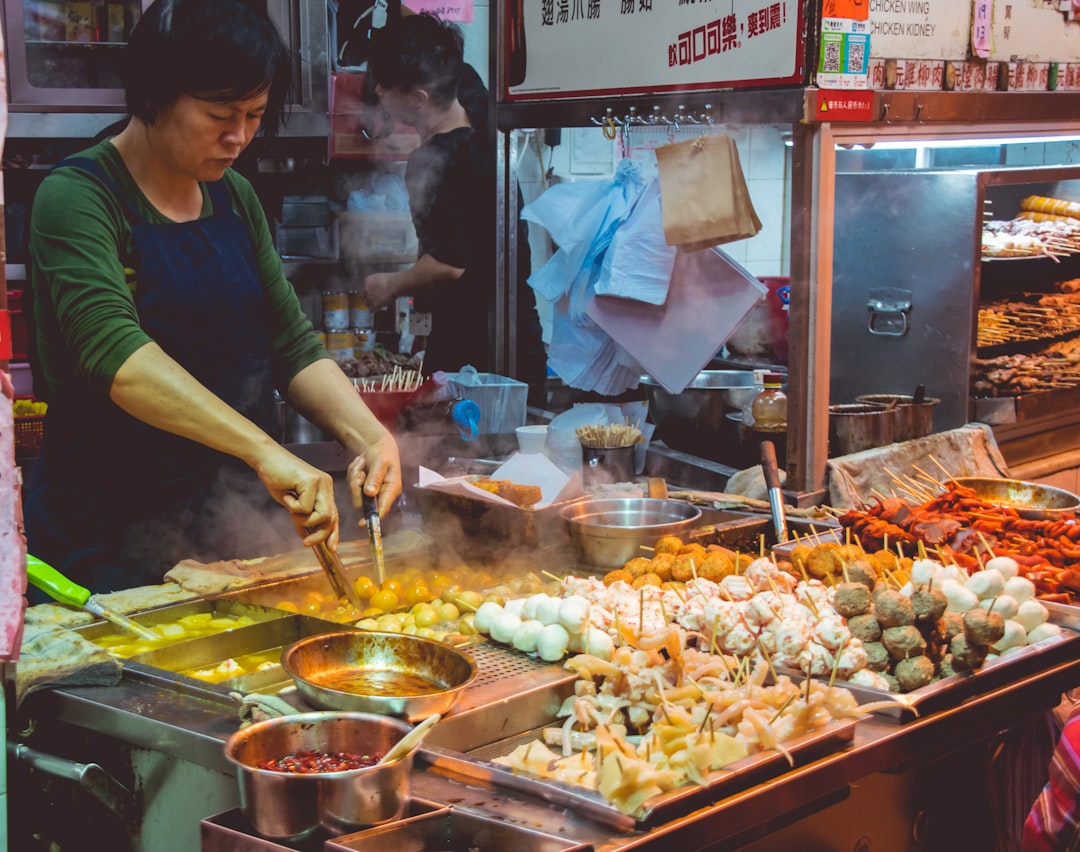
Thailand’s food scene is an explosion of tastes and colors, where every meal promises a new adventure. Food tourism in Thailand saw a 30% boost in 2025, according to the Tourism Authority of Thailand, with more visitors flocking to cooking classes and street food tours. Pad thai and green curry are just the beginning; northern specialties like khao soi (curry noodle soup) and southern seafood dishes offer even more surprises. Thai cuisine is famous for its balance of sweet, sour, salty, and spicy, often all in one bite. Markets bustle from dawn till dusk, filled with the scent of lemongrass, coconut, and chili. The Chiang Mai Street Food Festival is a highlight, drawing crowds eager to sample dozens of dishes. Food in Thailand is about connection and fun—meals are shared, flavors are bold, and every table is a gathering.
Hungary: A Culinary Renaissance
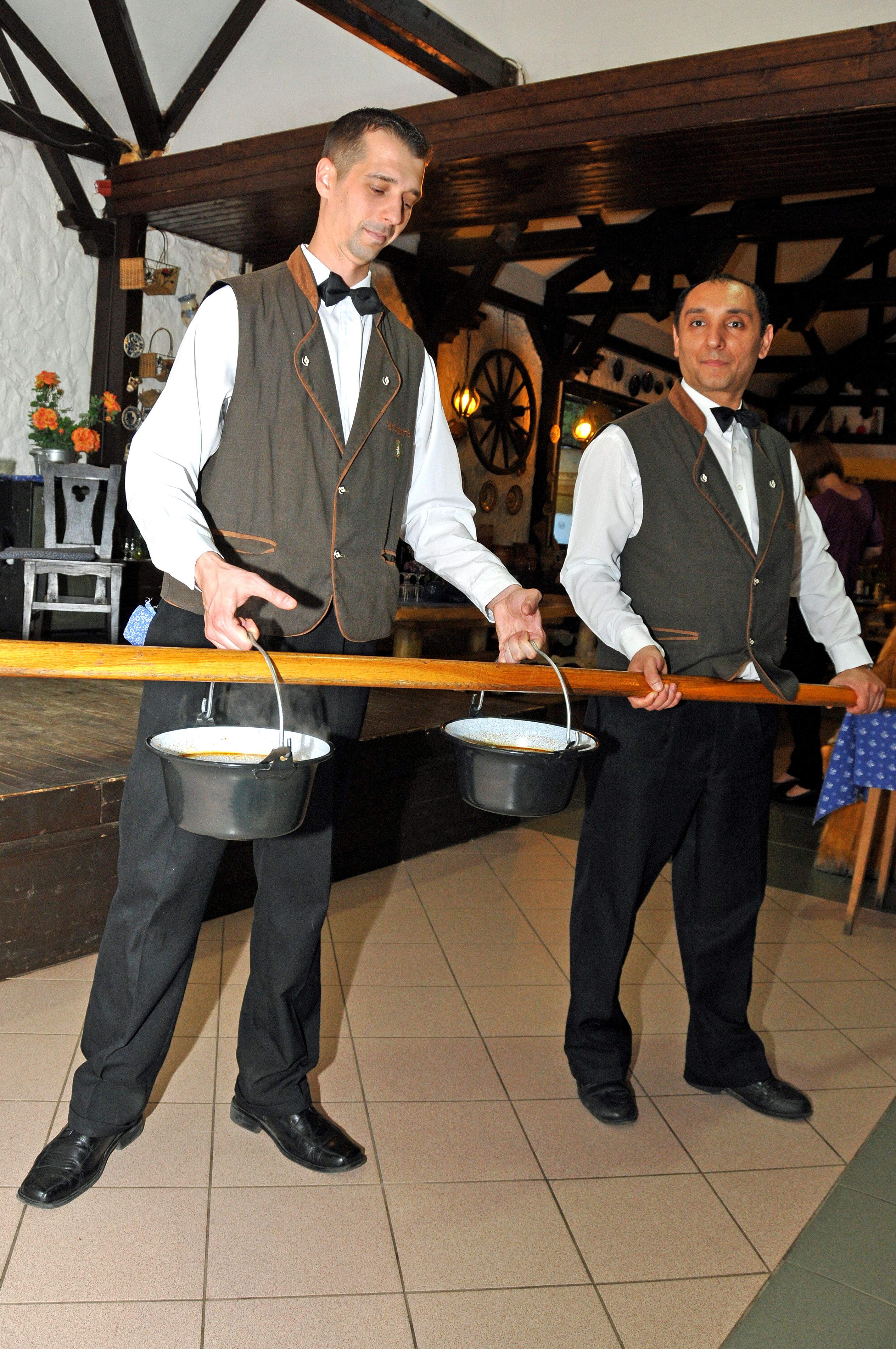
Hungary is quietly having a food revolution, blending old-world comfort with modern flair. The Hungarian Tourism Agency notes a 25% rise in culinary travel in 2024, as more people discover the country’s rich flavors. Goulash, the iconic paprika-laced stew, is just the start. Budapest’s restaurants are winning awards for combining traditional recipes with global influences, and street food like chimney cake is a sweet sensation. Hungarian wines, once overlooked, are now celebrated at events like the Budapest Wine Festival, which draws international crowds. The country’s fertile land yields top-notch vegetables and meats, giving chefs endless inspiration. From rustic countryside taverns to trendy city bistros, there’s a renewed excitement about Hungarian food. The local hospitality is genuine, making every meal feel like dinner with old friends.
Turkey: A Crossroads of Flavors
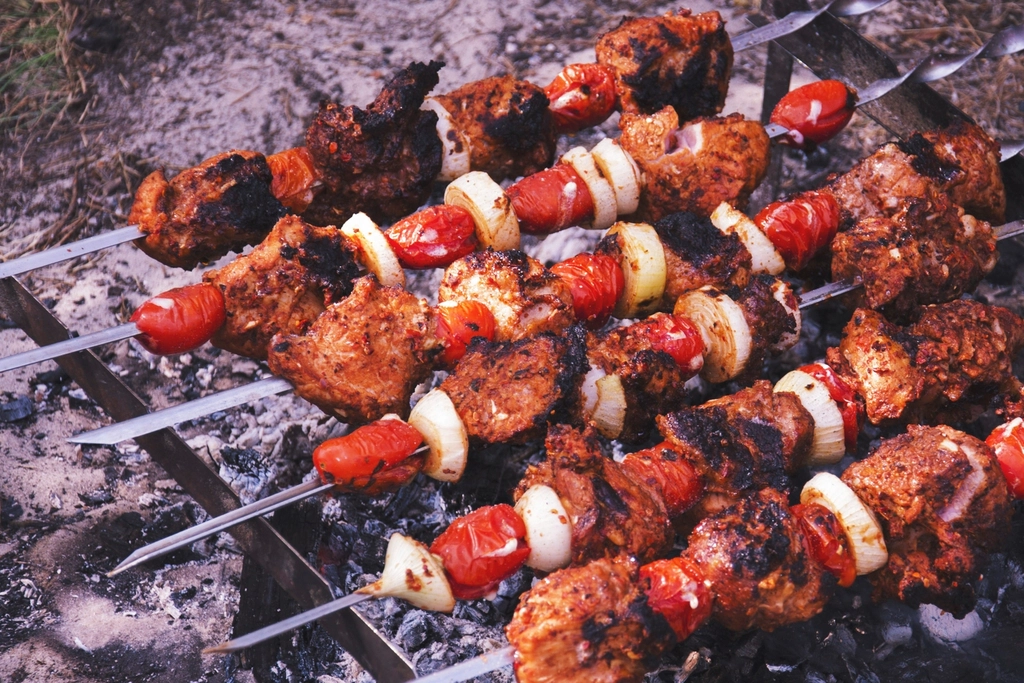
Turkey’s food is a journey through time and geography, a crossroads where East meets West. The Turkish Ministry of Culture and Tourism reported a 30% jump in food tourism in 2025, fueled by the rise of culinary tours and hands-on cooking classes. Each region brings something different to the table: spicy kebabs in the southeast, meze spreads along the Aegean coast, and baklava in the bustling bazaars of Istanbul. Turkish cuisine is all about fresh ingredients—tomatoes, eggplants, olive oil, and lamb are stars in many dishes. The Istanbul Food Festival has become a magnet for food lovers, offering everything from street eats to haute cuisine. Locals take pride in their hospitality, often inviting guests to share a meal or sample homemade sweets. Every bite in Turkey feels like an embrace from the past and present.
Indonesia: A Hidden Culinary Gem
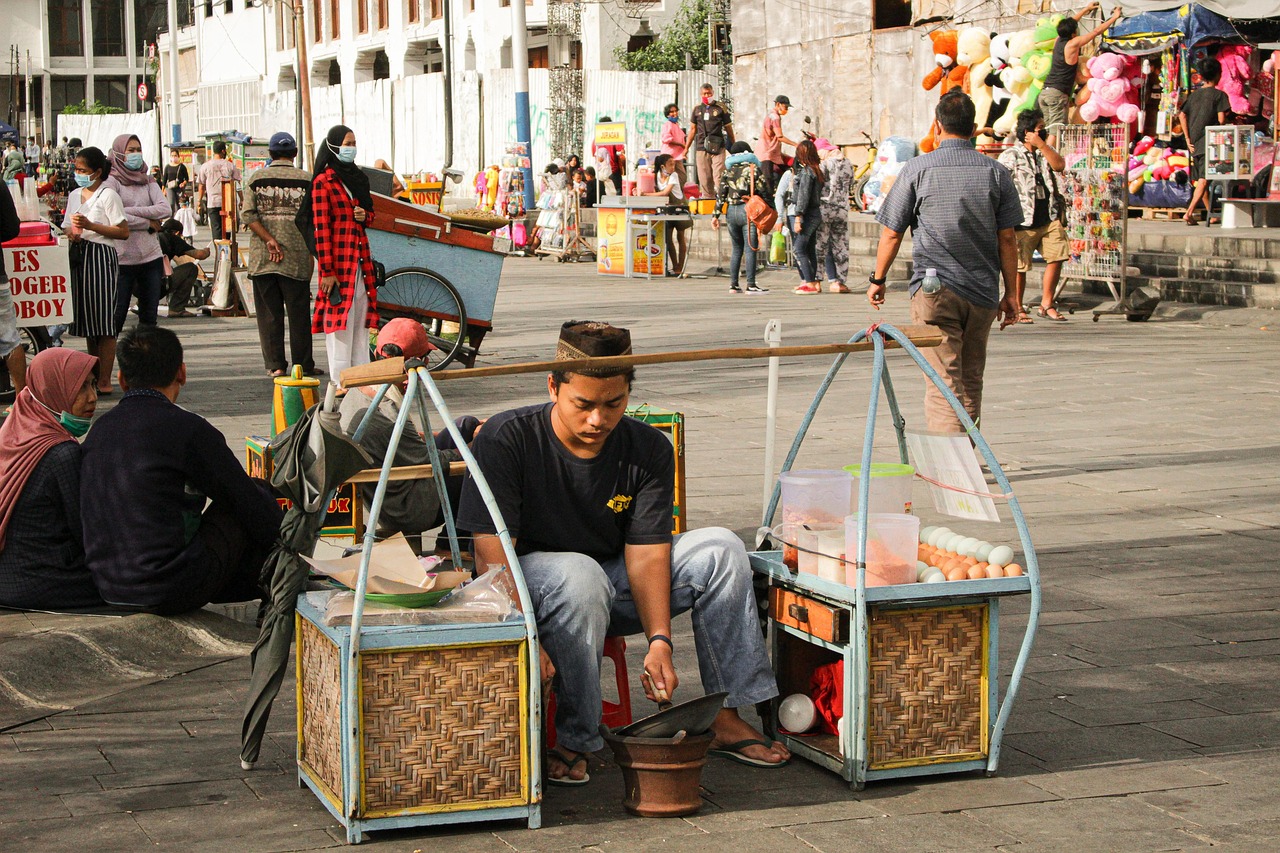
Indonesia’s vast archipelago is like a patchwork quilt of flavors, each island offering its own culinary signature. Food tourism in Indonesia soared by 40% in 2024, according to the Indonesian Ministry of Tourism, as more travelers discover dishes beyond the famous satay and nasi goreng. Rendang, a slow-cooked beef dish from Sumatra, has been hailed as one of the world’s tastiest meals, and spicy sambals (chili condiments) add a fiery kick to everything. Bali and Jakarta have become hotspots for food tours, with bustling night markets and innovative restaurants. The focus on fresh, local ingredients and traditional cooking methods gives Indonesian food its soul. Food festivals draw crowds eager to taste everything from spicy rice cakes to sweet, coconut-filled snacks. Eating in Indonesia is a joyful, communal affair, where the table is always full and the flavors are unforgettable.





